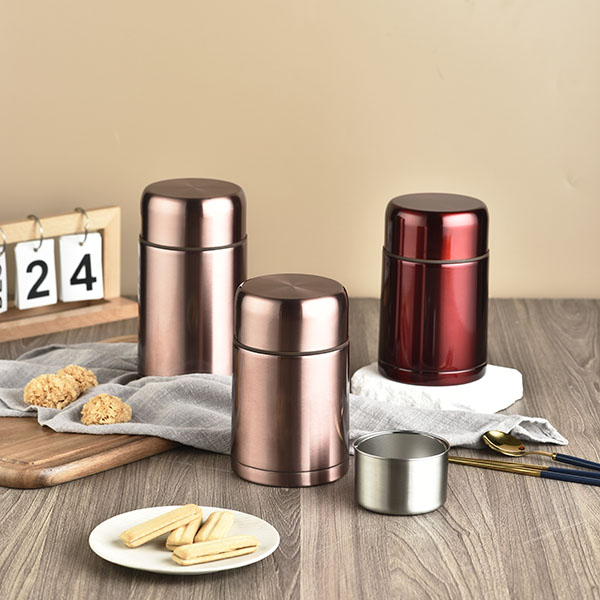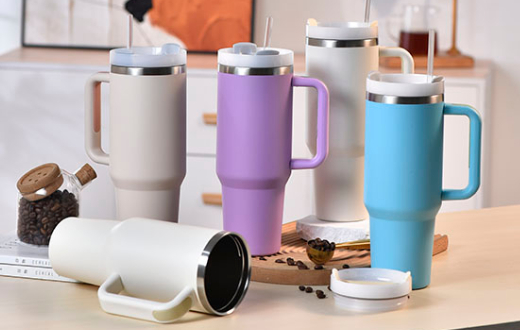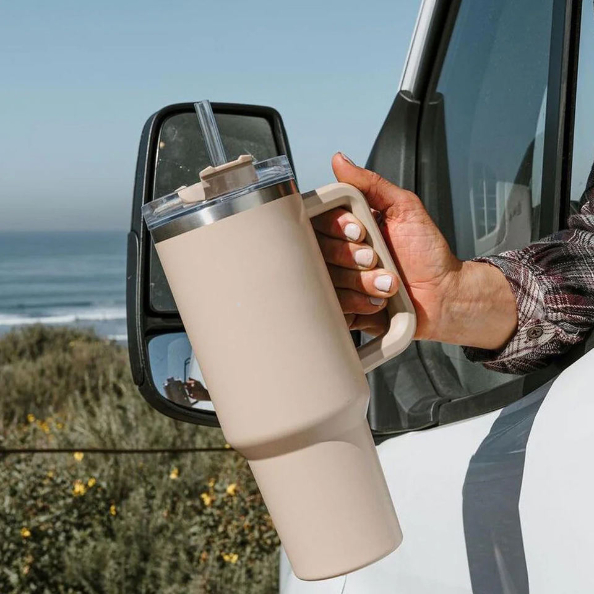When choosing an insulated water bottle, people tend to focus on its appearance and insulating properties. They may not care much about the material of the insulated water bottle or know much about it. However, the material of it is the key to determining the quality of the insulation bottle.
The most insulated water bottle is made of stainless steel, which is resistant to high temperatures and has good thermal insulation performance. Thermos bottles made of other materials, such as glass, ceramics, purple sand, etc., have a low market share due to factors such as insulation, drop resistance, and price.
Stainless steel is incredibly durable and can last a lifetime if it’s cared for properly. It doesn’t react with water or food (unlike aluminum), so your drinks will always taste the way they should. And because it’s recyclable, it’s better for the environment!
Stainless steel materials include three main categories: SS 304, SS 201, and SS 316. What is the difference between them?
· 304 stainless steel
When stainless steel is in contact with food, its potential safety hazards are mainly the migration of heavy metals. Therefore, the stainless steel material in contact with food must be food-grade stainless steel. The most commonly used food-grade stainless steel is 304 stainless steel, which offers better corrosion resistance. This stainless steel needs to contain 18 percent chromium and 8 percent nickel to meet the standard.
It should be noted that many businesses will label stainless steel products with the word 304 in a conspicuous location, but labeling 304 does not mean it will meet the requirements for food contact use. 304 stainless steel products must pass the inspection of the relevant standard to meet the requirements for food contact.
· 201 stainless steel
Most of the unqualified insulation cups exposed in the news use 201 stainless steel as the liner. 201 stainless steel has a high manganese content and poor corrosion resistance. If it is used as the liner of the vacuum bottle, long-term storage of acidic substances may lead to the precipitation of manganese. Manganese metal is an essential trace element, but excessive exposure to manganese can cause harm to the human body, damage to the nervous system, and more harmful to children during the growth and development period.
· 316 stainless steel
304 stainless steel is relatively acid resistant but is prone to pitting corrosion when encountering substances containing chloride ions, such as salt solutions. Compared with 304 stainless steel, 316 stainless steel has added metal molybdenum, which makes 316 stainless steel have better corrosion resistance than 304 stainless steel. However, due to its high cost, 316 stainless steel is mostly used in medical and chemical fields.







